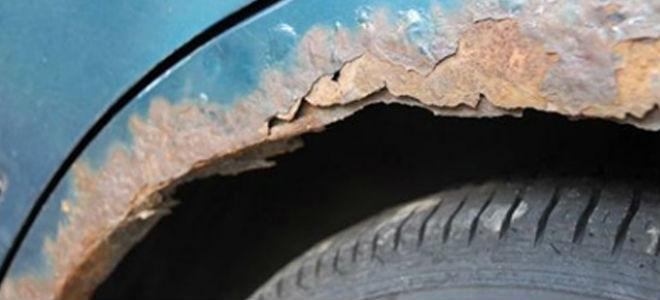Corrosion of metal is essentially an electrochemical response that negatively affects vehicles when water impacts the exposed steel. The nooks and crannies in automobiles tend to accumulate moisture that garners rust after a while. The speed at which corrosion occurs differs based on the climate and the amount of exposed metal.
Even so, you can certainly notice a lot of difference in vehicles that have been extended protection with Noxudol and those that haven’t.
Results of Inspecting a Rust Proofed Car
Upon inspection of automobiles that have undergone annual car rust proofing, you will find an immaculate body. When you unfasten the bolts on the undercarriage of your car, you will notice an unspoiled chassis. Furthermore, the vehicle will still sport the fuel and brake lines that the car came with no corrosion at all. Even if the paint rubs off or fades due to years of usage, the metal exposed will be free of rust.
Consequences of Neglecting Rust-Proofing
Some people believe that thoroughly washing their car after a stint on the calcium chloride-covered road will aid their cause in clearing all the brine. However, this notion is untrue for the salt strongly penetrates every crevice of your ride making it vulnerable to corrosion. Neglecting the need for rust proofing will result in a rusted undercarriage and damaged fuel and brake lines of a car that has a reduced life span.
Whether your present automobile is a brand new model or a somewhat battered and old one, rustproofing goes a long way to guarantee that your ride remains corrosion-free.

